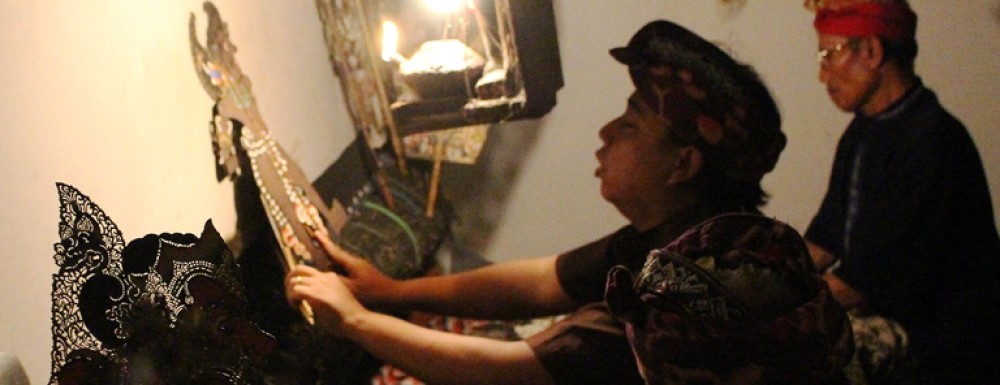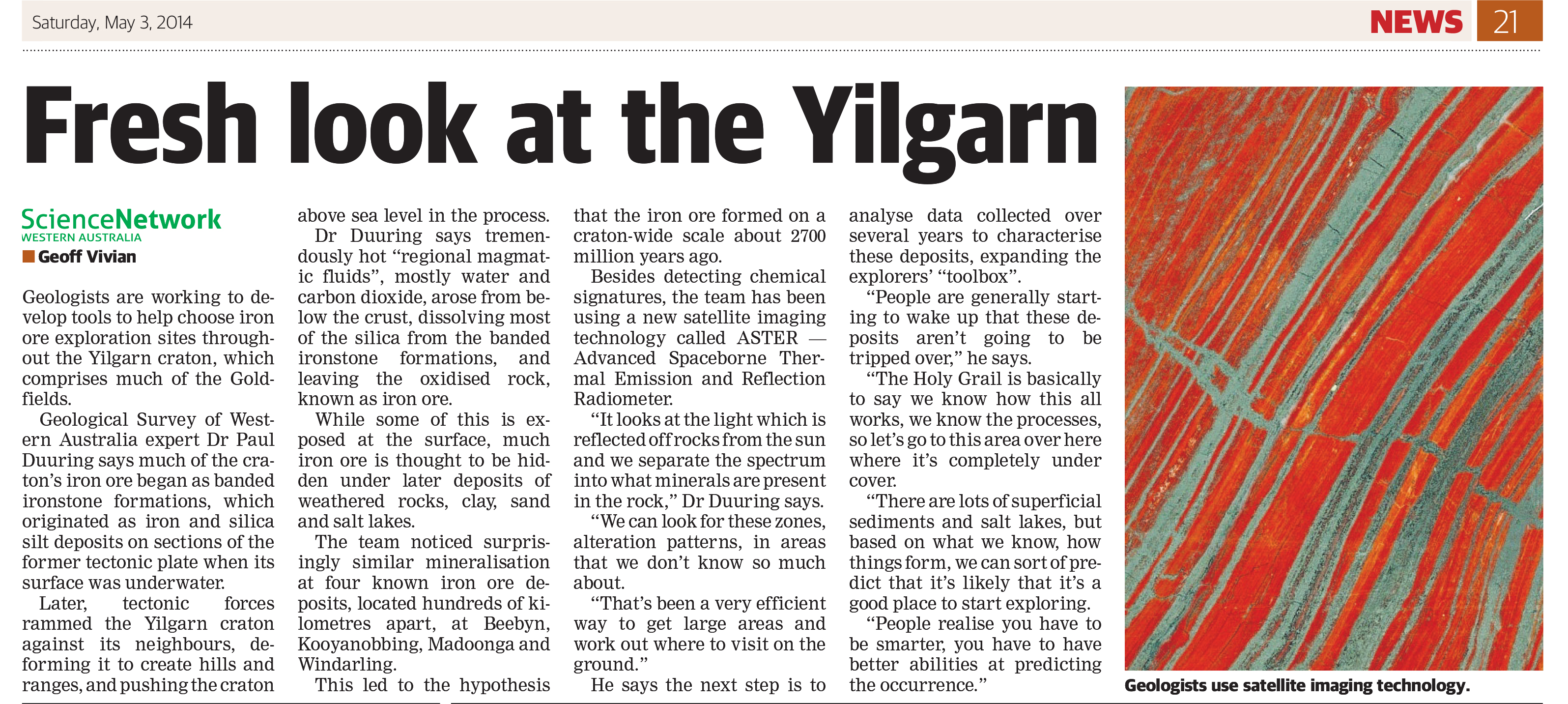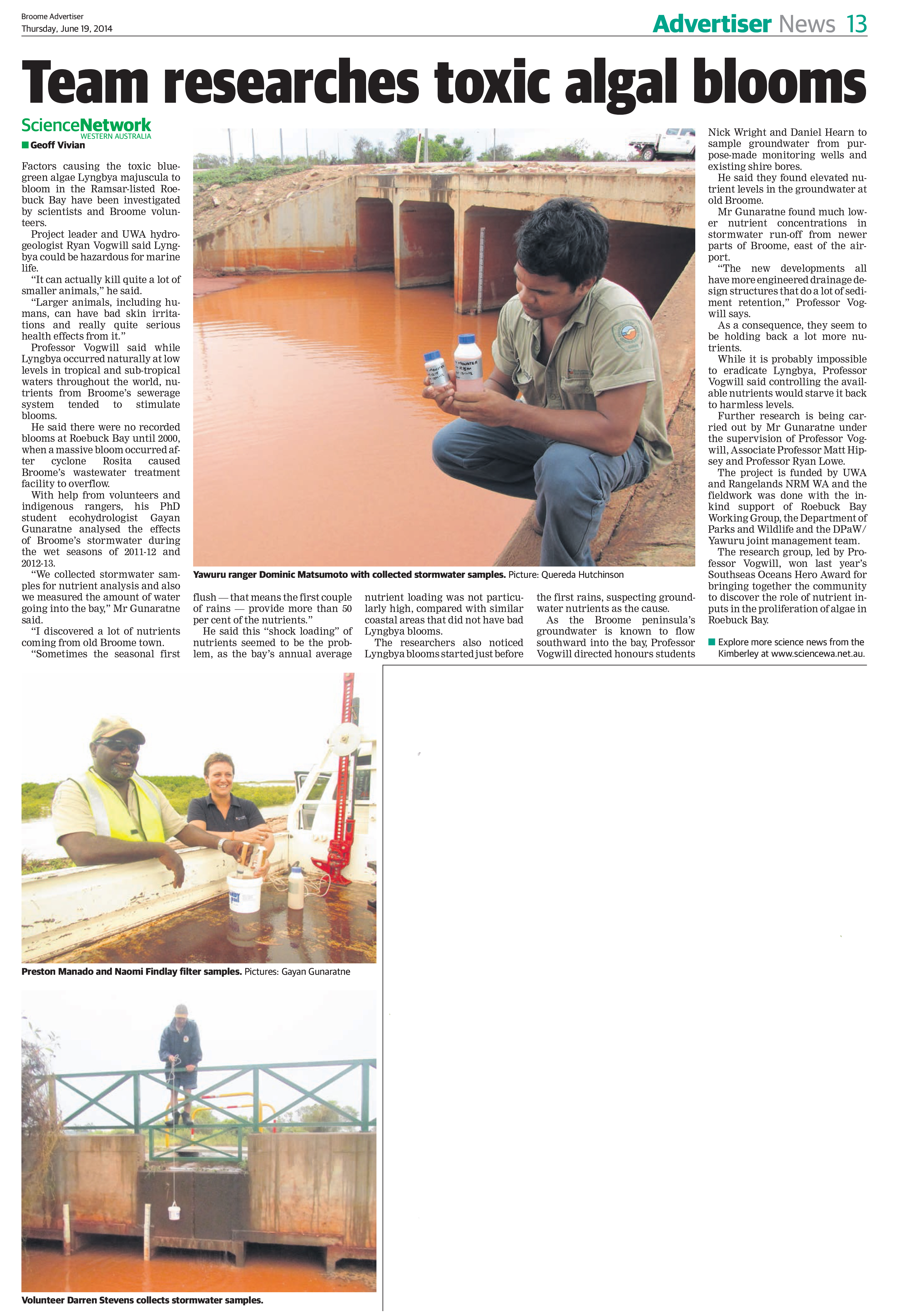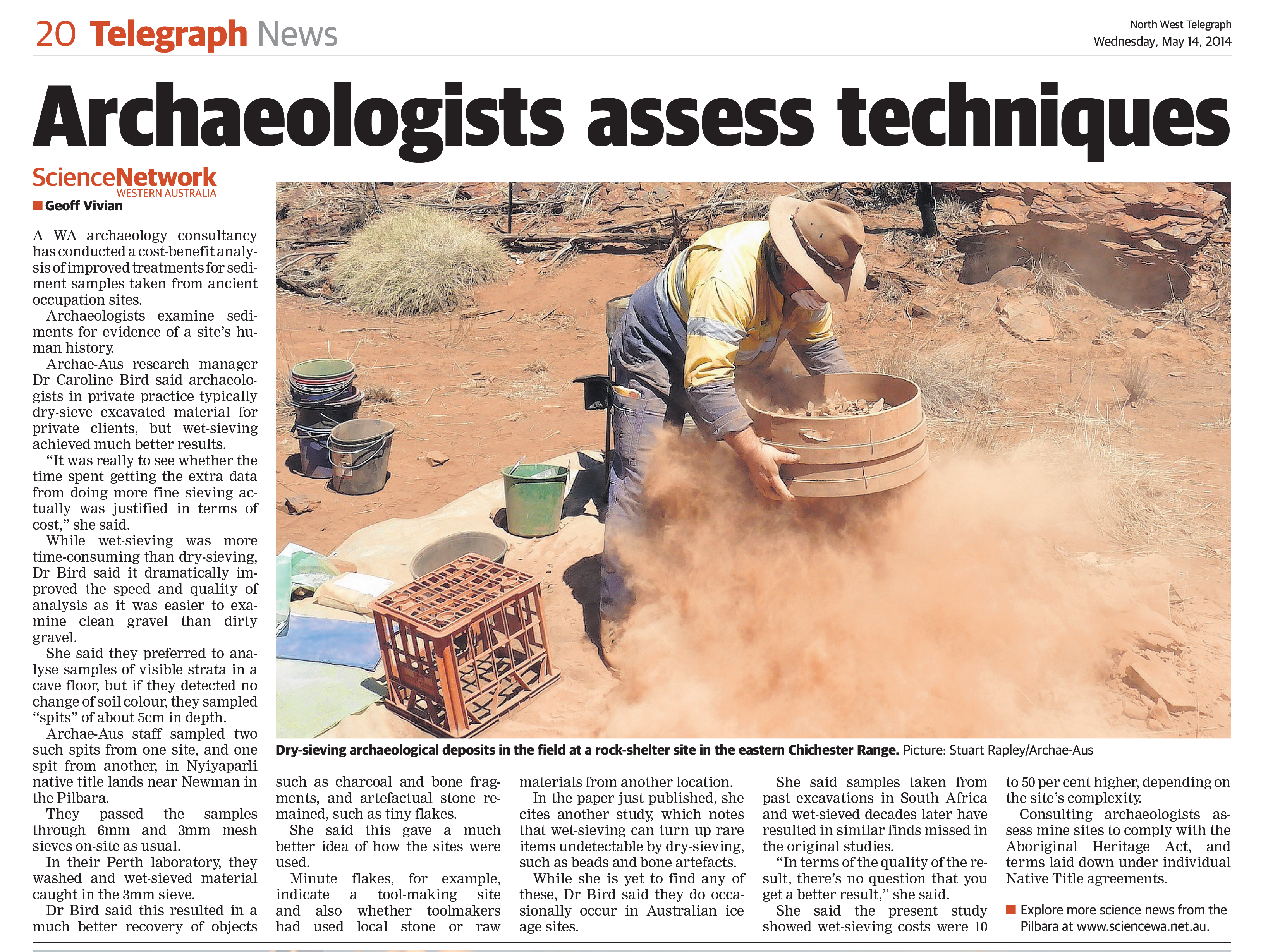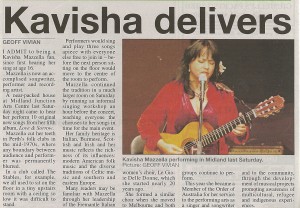Scientists have been working on various methods of protecting Kimberley wildlife against the cane toad, which has started arriving in numbers over the last two wet seasons.
Northern Territory experience has shown many species become severely depleted or even locally extinct after eating the toxic amphibians.
We cannot prevent the toads from spreading throughout the Kimberley, however I interviewed several scientists about their efforts to preserve populations of vulnerable species such as goannas and quolls.
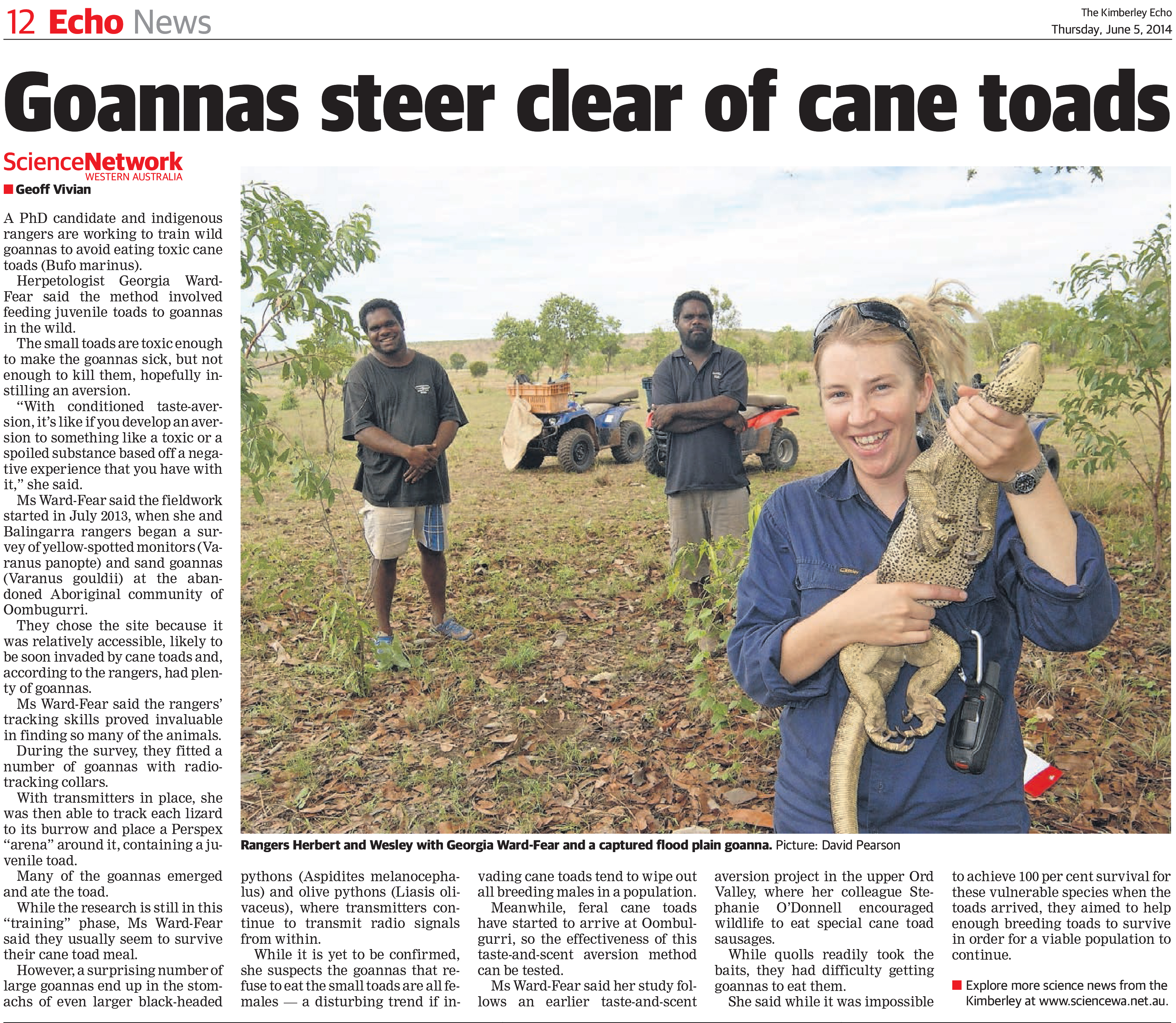 A couple of studies concentrated on taste aversion: feeding small doses of cane toad to wildlife in order to make it sick enough never to touch the nasty creatures again. Science Network [read this story]
A couple of studies concentrated on taste aversion: feeding small doses of cane toad to wildlife in order to make it sick enough never to touch the nasty creatures again. Science Network [read this story]
Two scientists noted that toads in desert areas die if they are unable to get to water points during the dry season, and have been working on ways of isolating water sources from cane toads but allowing other species in. Science Network [read this story]
Others have found cane toads communicate chemically. Freshly laid eggs emit a chemical which jealous cane toad tadpoles to detect potential rivals which they destroy. Cane toads also emit an alarm pheronome which causes others to flee. If they are exposed to this chemical often, tadpoles end up becoming stunted little adults, or just die from stress. It may be possible to produce this hormone in sufficient quantity to kill tadpoles. Science Network [read this story]
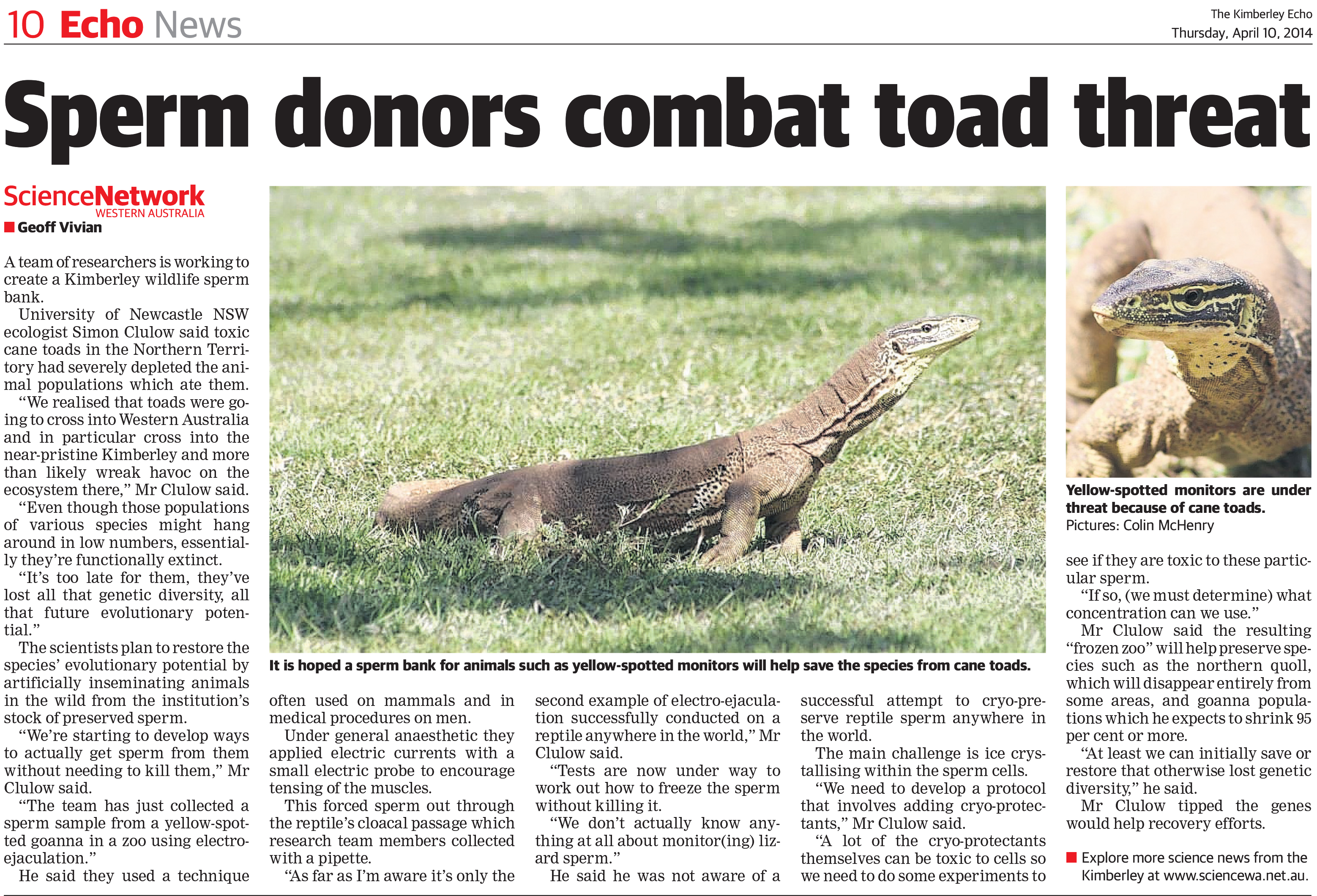 Another research group is working to establish a “frozen zoo” – a sperm bank of vulnerable Kimberley species that can be used to re-establish genetic diversity among depleted populations. Science Network [read this story]
Another research group is working to establish a “frozen zoo” – a sperm bank of vulnerable Kimberley species that can be used to re-establish genetic diversity among depleted populations. Science Network [read this story]
